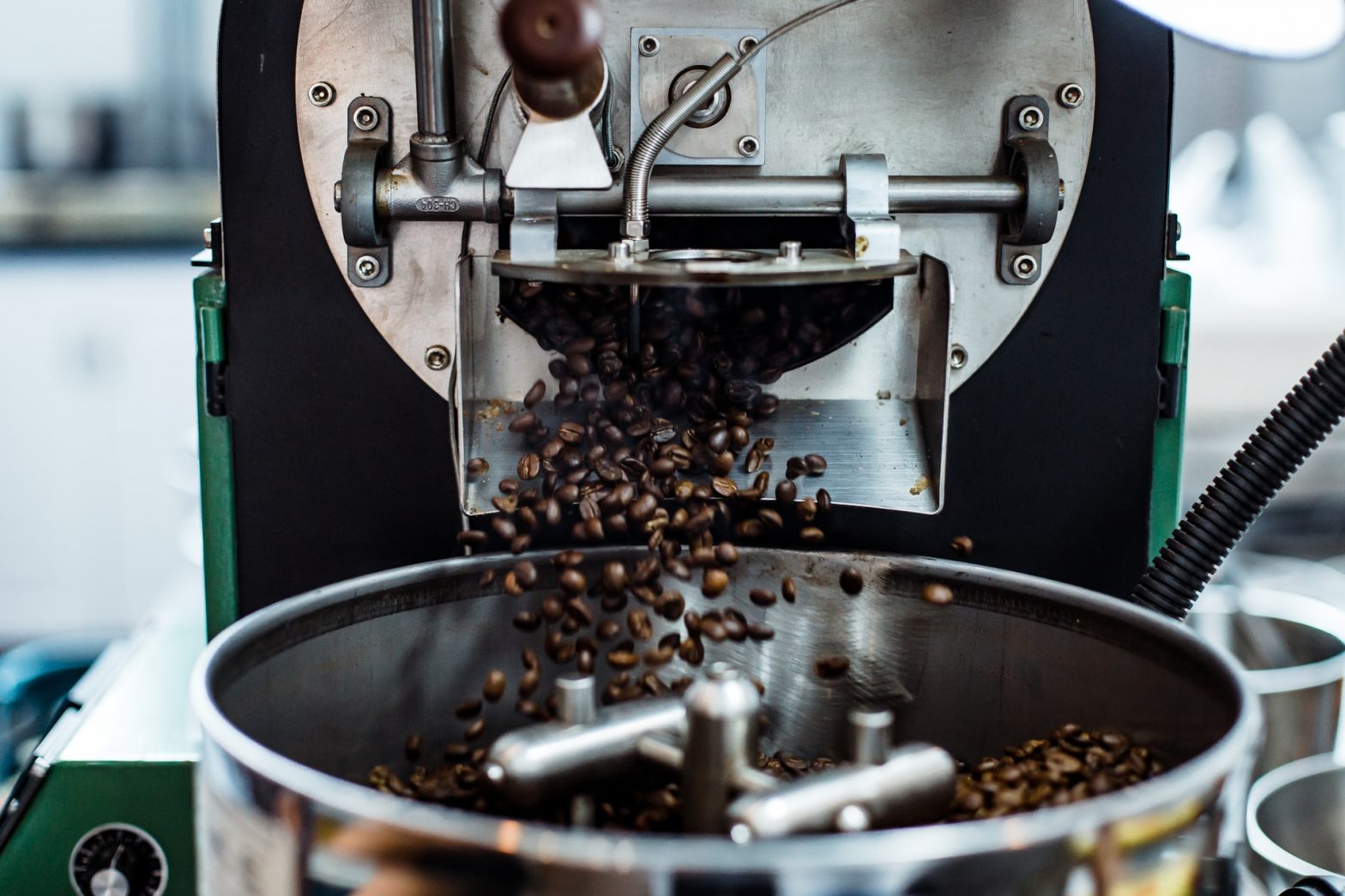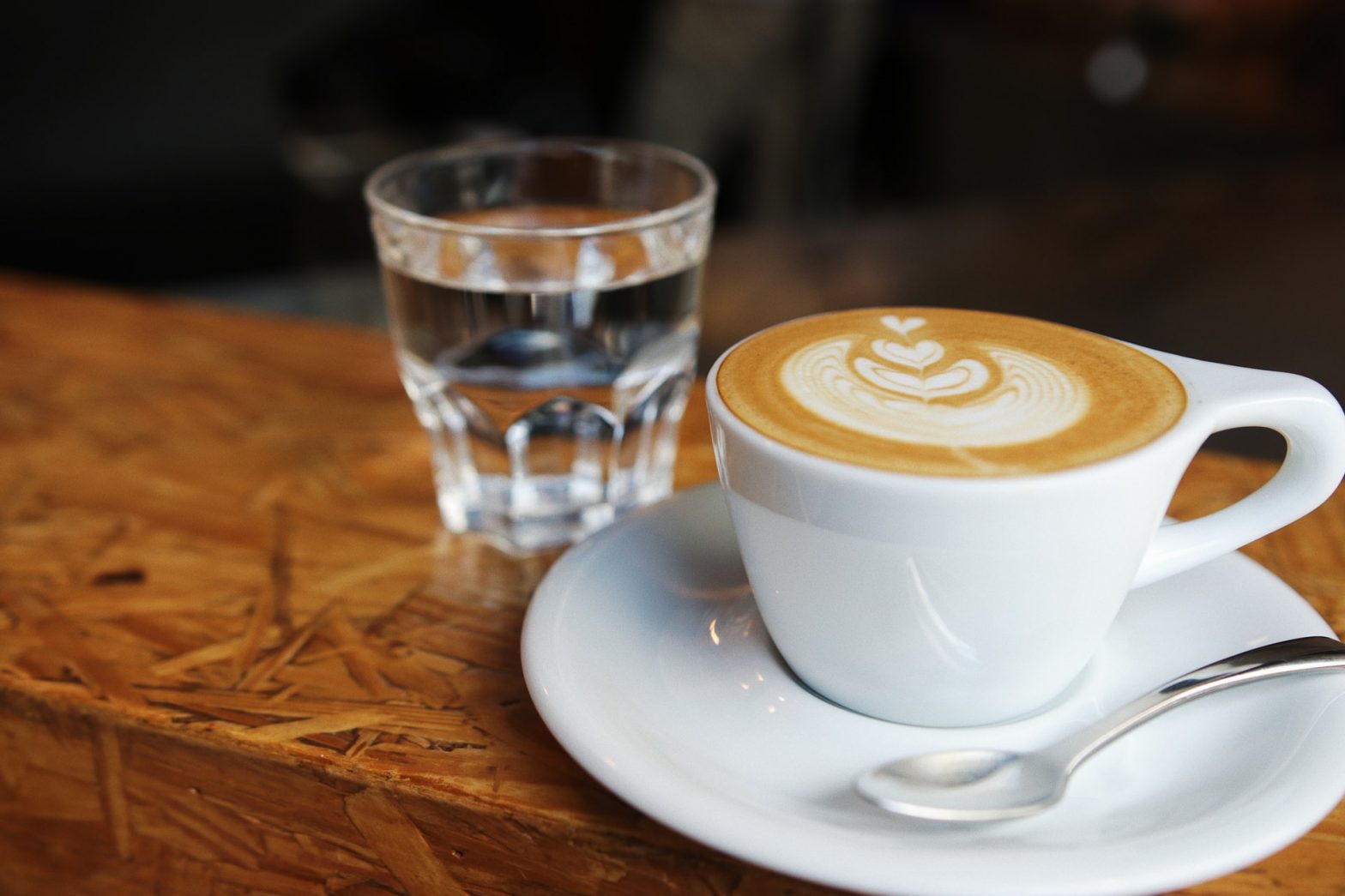Getting Work Done in a Coffee Shop

Working remotely from a coffee shop has become a part of the daily routine for millions of people in various countries worldwide. So much so that the technology that coffee shops use to make this popular has become an important topic in its own right. However, working effectively in this environment can be a challenge for people who have never done it before. Concentrating in what can be a busy and noisy place can be very challenging for some individuals. It’s also essential to have good technology that can be relied upon to make it through the day without causing any difficulties. This article will run through a few hints and tips that can make even a total newbie an effective coffee shop worker.

Get the Right Technology

A new computer can be expensive, which often puts people off investing in the tech they require to get their job done effectively. Fortunately, many options can keep costs low and still make it easy to get work done. One of these is choosing a fully refurbished macbook pro as a laptop. Refurbished products offer all of the advantages of their brand new counterparts. Still, they are generally sold at a much lower price. This often makes it possible for consumers to afford electronic devices that would otherwise have been unavailable to them.
The principle of choosing refurbished options can also be applied to all sorts of other products, from mobile phones to tablets. This can make it possible to kit out a portable office for a surprisingly low amount of money.
Make Sure That You Can Focus
The ability to cut yourself off from the world around you and focus on the work needed is an absolutely vital part of working remotely. This can be far easier with the use of noise-cancelling headphones. These actively reduce the amount of noise that can reach your ears and make even the noisiest of environments an oasis of calm where it is a pleasure to work.
Focus is also easier if you find a coffee shop with a quiet corner where it is easy to work. It will also be possible to work much more effectively if you can be sure of finding a coffee shop with good quality wi-fi and where it is possible to be sure of getting power. Finally, reducing the stresses that go along with work generally leads to far better output.






 ee is mostly obtained from three types of beans. These are Robusta, Arabica and green coffee. For a long time, it was more of Robusta and Arabica until people started being more mindful of healthy living when green coffee started showing significant growth of interest. Brazil is the
ee is mostly obtained from three types of beans. These are Robusta, Arabica and green coffee. For a long time, it was more of Robusta and Arabica until people started being more mindful of healthy living when green coffee started showing significant growth of interest. Brazil is the 
 hough there have been many studies performed on the beverage, there isn’t much clarity on which part of Africa could be attributed to its origin. With time, coffee became a celebrated drink among Muslims. It was highly associated with Muhammad’s birthday as the Muslims believed he brought them the drink through archangel Gabriel to replace the forbidden wine.
hough there have been many studies performed on the beverage, there isn’t much clarity on which part of Africa could be attributed to its origin. With time, coffee became a celebrated drink among Muslims. It was highly associated with Muhammad’s birthday as the Muslims believed he brought them the drink through archangel Gabriel to replace the forbidden wine.
 With the chain’s own app, ordering and paying for drinks is also faster and less intrusive. This comes at a time when mobile payments are
With the chain’s own app, ordering and paying for drinks is also faster and less intrusive. This comes at a time when mobile payments are 
 project. Blockchain uses a transparent and distributed ledger which makes cryptocurrencies possible. With such
project. Blockchain uses a transparent and distributed ledger which makes cryptocurrencies possible. With such 
 of the age gap, which tells why younger farmers are more adaptive to change compared to their older counterparts.
of the age gap, which tells why younger farmers are more adaptive to change compared to their older counterparts.
 ee producing countries
ee producing countries
 wever, one can already tell that it will take time before the coffee industry fully adapts to these changes.
wever, one can already tell that it will take time before the coffee industry fully adapts to these changes.